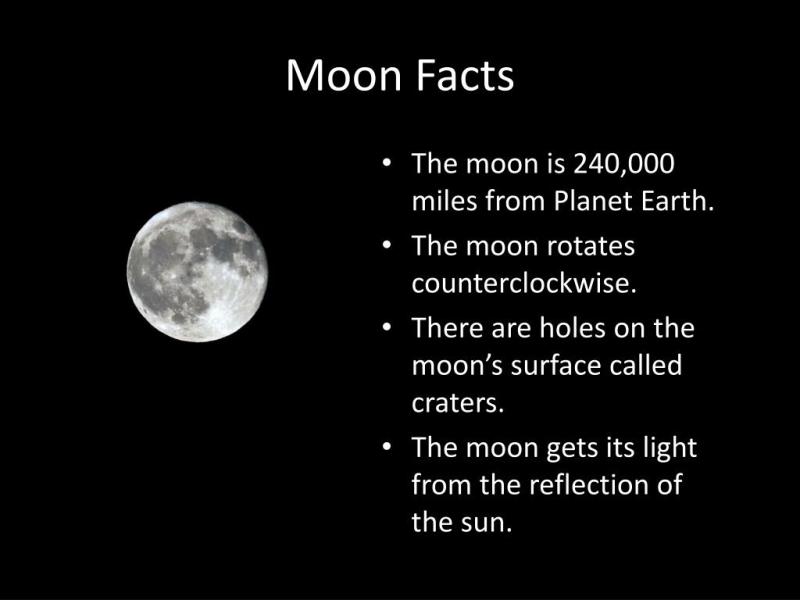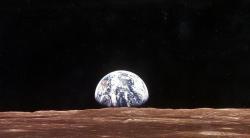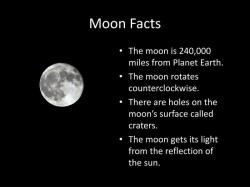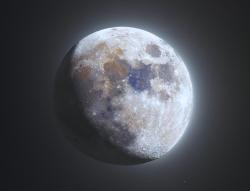What metals are in the Moon?
The Moon is composed of a variety of metals, minerals, and elements. While the Moon's composition is different from that of Earth, it contains both common and rare metals. Here are some of the key metals found on the Moon:
Aluminum:
- Occurrence: Abundant in the lunar crust.
- Significance: Aluminum is a major component of lunar rocks, including anorthosite and various minerals.
Iron:
- Occurrence: Found in various lunar rocks, including basalts.
- Significance: Iron-rich minerals contribute to the composition of lunar basalts and other rocks.
Titanium:
- Occurrence: Often associated with ilmenite, a titanium-iron oxide mineral.
- Significance: Titanium is a valuable resource for potential future lunar exploration and could be used in spacecraft construction and other applications.
Magnesium:
- Occurrence: Present in various minerals across the lunar surface.
- Significance: Magnesium is a component of minerals like olivine and pyroxene found in lunar rocks.
Calcium:
- Occurrence: Abundant in the lunar crust, particularly in minerals like plagioclase feldspar.
- Significance: Calcium-rich minerals are major components of the lunar highlands.
Chromium:
- Occurrence: Present in trace amounts in lunar rocks.
- Significance: Chromium is a minor but detectable element in some lunar minerals.
Manganese:
- Occurrence: Found in lunar rocks.
- Significance: Manganese is a minor element in the lunar regolith.
Nickel:
- Occurrence: Present in lunar basalts and other rocks.
- Significance: Nickel is a component of certain lunar minerals.
Vanadium:
- Occurrence: Present in trace amounts in lunar rocks.
- Significance: Vanadium is a minor element in some lunar minerals.
Zinc:
- Occurrence: Present in lunar basalts.
- Significance: Zinc is a minor but detectable element in some lunar rocks.
It's important to note that the Moon's surface is not homogenous, and the distribution of metals and minerals varies across different regions. Lunar exploration missions, such as those conducted by robotic spacecraft and, potentially, human missions in the future, aim to study and analyze the Moon's composition in more detail. Understanding the lunar resource potential, including the presence of metals, is of interest for potential future lunar utilization and exploration efforts.
Unveiling lunar composition: What metals are in the Moon?
The Moon is composed of a variety of metals, including:
- Iron: Iron is the most abundant metal on the Moon. It is found in both the lunar crust and mantle.
- Titanium: Titanium is the second most abundant metal on the Moon. It is found in the lunar crust and in the mineral ilmenite.
- Aluminum: Aluminum is the third most abundant metal on the Moon. It is found in the lunar crust and in the mineral plagioclase.
- Magnesium: Magnesium is the fourth most abundant metal on the Moon. It is found in the lunar crust and mantle.
- Other metals: Other metals that have been found on the Moon include nickel, cobalt, chromium, and vanadium.
Exploring the metallic elements present in the composition of the Moon
Scientists believe that the metallic elements present in the Moon's composition were formed during the Moon's early history. When the Moon formed from a molten magma ocean, the heavier elements, such as iron and nickel, sank to the core. The lighter elements, such as aluminum and magnesium, floated to the surface and formed the crust.
The Moon's metallic elements are also found in its mantle, the layer of rock between the crust and the core. The mantle is composed of a variety of minerals, including olivine, pyroxene, and ilmenite. These minerals contain iron, magnesium, and aluminum.
Insights into lunar geology and the significance of metal elements on the Moon
The metallic elements present in the Moon's composition provide insights into the Moon's geology and history. For example, the presence of iron and nickel in the Moon's core suggests that the Moon had a molten magma ocean early in its history. The presence of aluminum and magnesium in the Moon's crust suggests that the crust formed from the molten magma ocean.
The metallic elements on the Moon are also significant because they could be used as resources for future lunar exploration and development. For example, iron could be used to build structures on the Moon. Titanium could be used to build lightweight and durable spacecraft. Aluminum could be used to produce fuel for spacecraft.
Overall, the metallic elements on the Moon are an important part of the Moon's composition. They provide insights into the Moon's geology and history, and they could be used as resources for future lunar exploration and development.
Here are some specific examples of how the metallic elements on the Moon could be used as resources:
- Iron could be used to build landing pads, habitats, and other structures on the Moon.
- Titanium could be used to build lightweight and durable spacecraft and rovers.
- Aluminum could be used to produce fuel for spacecraft and to build habitats and other structures on the Moon.
- Magnesium could be used to produce fertilizer and other agricultural products on the Moon.
- Nickel, cobalt, and other metals could be used to produce batteries, electronics, and other advanced technologies on the Moon.
The development of these resources could support a sustainable human presence on the Moon and enable further exploration of the solar system.




